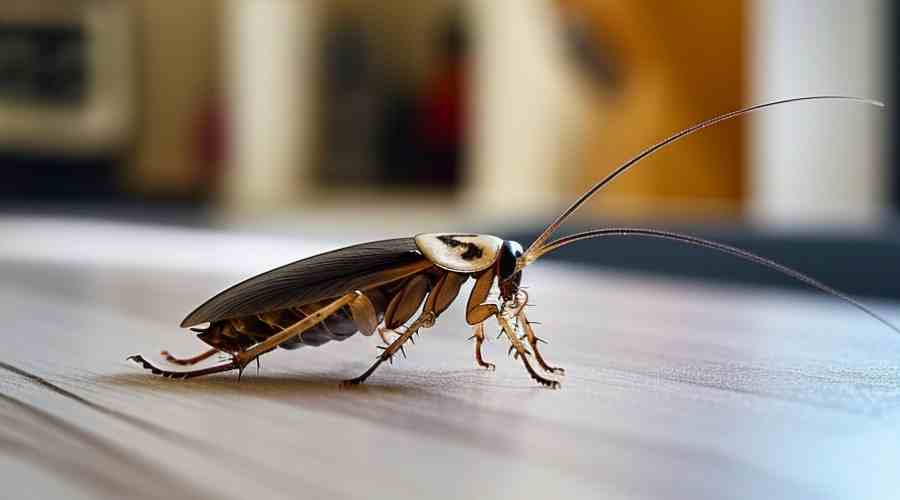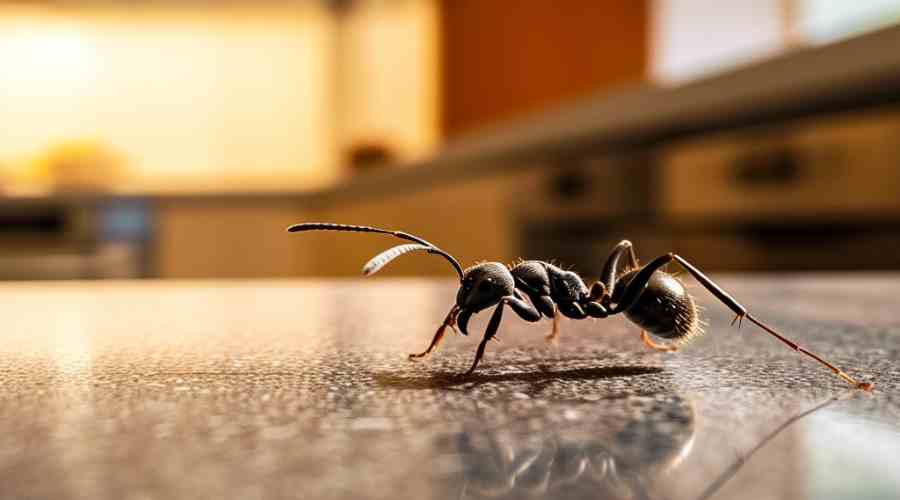How To Prevent Pests In Your Home
Keeping Pests Out of Your Home for Good
Is your home under siege from invaders like ants, cockroaches, mice and more? If you’re tired of dealing with pesky pests that annoy you and disrupt your life, you don’t have to go to war with toxic chemicals to get rid of them. Believe it or not, there are some simple, natural ways to kick them out that really work.
Deny Them Food
Pests may be small, but they have big appetites. Like us, they need access to food and water to survive. The easiest way to drive unwanted pests away is by cutting off their food supply:
- Seal boxes and bags of food storage in plastic containers. Roaches and ants can easily invade cardboard and paper packaging to get to snacks.
- Never leave food out in the open. Promptly clean up crumbs, spills and leftover food after meals and snacks.
- Store pet food in sealed containers and don’t leave it out overnight. Pests will view it as an open buffet.
- Empty garbage frequently and use bins with tight seals. Your trash is a five-star dining experience for roaches and mice.
- Address any fruit trees or gardens near your home that bugs may be feeding on outside. Prune vegetation back from the home exterior.
Follow these steps religiously to limit pests’ access. Starved out, they will have no choice but to move on in search of easier food sources. Roaches in particular can only last about a week without anything to eat or drink.
Eliminate Their Water
While sealing up food is crucial, eliminating water sources can have an even bigger impact when learning how to get rid of roaches. Roaches thrive on moisture, using it to reproduce. Stop providing it and you can halt a pest infestation in its tracks:
- Fix any leaky sinks, drain, pipes, faucets, appliances. Roaches swarm to water.
- Always empty excess water from houseplants, vases, pet dishes, etc. Roaches only need the smallest droplets.
- Prevent moist areas under sinks, tubs or appliances by fixing seals, pipe insulation and repairs
- Clean up spills, condensation and other moisture right away
- Run a dehumidifier to keep indoor air drier
Follow these moisture control guidelines and you’ll have roaches fleeing for the hills in just days since they require water to live. No access to it means no breeding grounds, certain death for them.
Guard Against Entry
Prevention is the best medicine when trying to avoid pests getting into your house to begin with. Pests are experts at finding ways inside through the smallest cracks and crevices. Don’t give them the chance by fortifying your home:
- Caulk and seal all possible entry points – exterior walls, loose sidings, pipe openings, cracks in the foundation etc.
- Install weather stripping around doors and windows
- Make sure screens in window and door are in good repair
- Fill gaps under doors with towels or draft blockers
- Set traps or use baits in external areas around the home’s perimeter to catch pests outdoors before they get in
- Clear piles of debris, wood, rock landscaping or plants far from your foundation. Don’t give pests places to hide and nest nearby
- Treat your yard for pests so they don’t migrate inside. Create a band of gravel/crushed stone around the house to discourage insects
Follow this fortification checklist to block access inside from the outside. Combined with cutting off food and water resources, pests will move on rather than futilely trying to infiltrate your pest-proof palace!
Win Your War Against Common Household Pests
Battling common invaders like gnats, silverfish, spiders, ants and house centipedes seems daunting, but have no fear. Without easy source of food, water and shelter inside your home, they cannot survive. And if they can’t get inside in the first place because you have sealed and defended entry points, all the better!
Use nature’s own solutions first before resorting to toxic pesticide chemicals. Apply the starve, dry out and keep out battle plan outlined here to kick pests out of your house once and for all. With persistence, you can create an environment so inhospitable that these freeloading menaces will quickly vamoose without exposing your family to poisons. Get started today and rid your rooms of roaches and other awful pests!
Article written by Stewart Bailey From Eco Pest Control in Adelaide.


